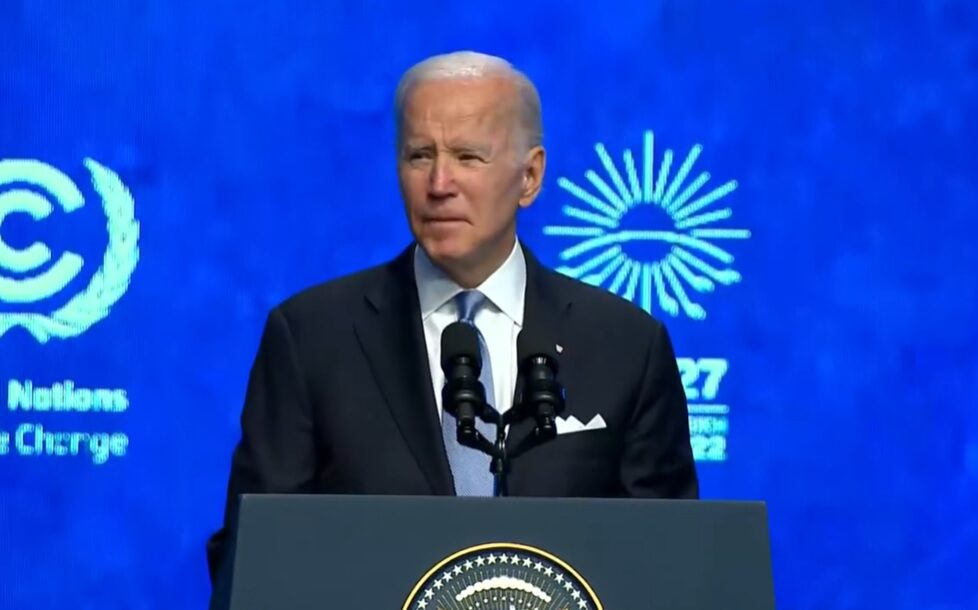Biden Allocates $20 Billion to Reduce Methane Emissions

The Biden administration announced the release of an updated U.S. Methane Emissions Reduction Action Plan, outlining a broad series of actions aimed at reducing methane emissions across the U.S.
The plan, unveiled at the COP27 climate conference, includes more than $20 billion in new investments to tackle methane emissions, with funding for the plan to come be allocated from the Bipartisan Infrastructure Law, and the Inflation Reduction Act, in addition to annual appropriations.
Key investment areas under the plan include capping orphan oil and gas wells, improving industrial equipment, and reclaiming abandoned coal mines.
Rapid reduction in methane emissions is seen as one of the most effective near-term actions that can be taken in order to help achieve the global climate goal to limit warming to 1.5°C. Methane, emitted from activity such as agriculture, fossil fuel production and transport, coal mining and landfills, is an extremely potent greenhouse gas, with as much as 80x the warming power of CO2. Given its much shorter lifetime in the atmosphere, however (10-12 years, vs 50-100 years for CO2), near-term reductions in methane emissions can have a meaningful climate impact over the next few years.
The announcement follows the release of the initial plan, alongside the launch last year at COP26 by the U.S. and EU of the Global Methane Pledge, aimed at reducing global methane emissions by at least 30% by 2030, compared to 2020 levels. Since launching, the pledge has reached more than 130 signatory countries, representing over half of global methane emissions.
The updated plan highlights a series of actions targeting methane emissions across multiple sectors. In the fossil fuel sectors, for example, the administration said that it is moving to deploy $5 billion to plug tens of thousands of orphaned oil and gas wells, which are a major source of methane emissions, and providing over $1.5 billion in financial and technical assistance to monitor and reduce methane emissions from oil and gas operations, while the Bipartisan Infrastructure Law allocates over $11 billion to reclaim abandoned coal mines over 15 years. In the agriculture sector, initiatives include expanding the market for “climate-smart” commodities, supporting investments in anaerobic digesters on livestock farms, and investing in research, while building and industrial sector initiatives include investing in energy efficiency and electrification upgrades, improving appliance efficiency standards, and accelerating heat pump deployment.
Other initiatives targeted for actions and investment include boosting methane emissions capture at landfills, reducing food waste, and advancing clean technologies at industrial facilities, such as clean hydrogen to replace fossil fuels.
In his COP27 speech outlining the U.S.’ climate actions, President Biden said:
“Methane is 80 times more potent than carbon, and it accounts for nearly half of the net warming we’re experiencing now. So cutting methane by at least 30 percent by 2030 can be our best chance to keep within reach of 1.5 degrees Celsius target.”
Click here to access the U.S. Methane Emissions Reduction Action Plan.
The post Biden Allocates $20 Billion to Reduce Methane Emissions appeared first on ESG Today.